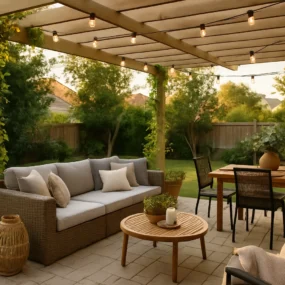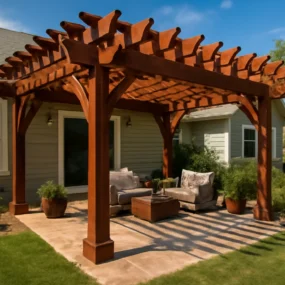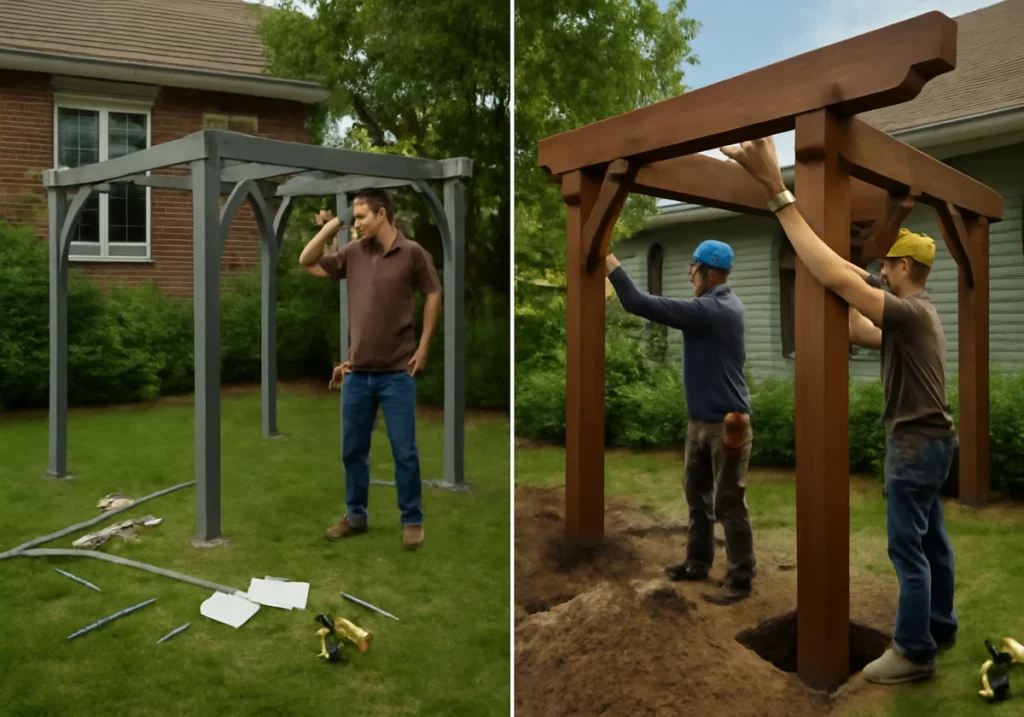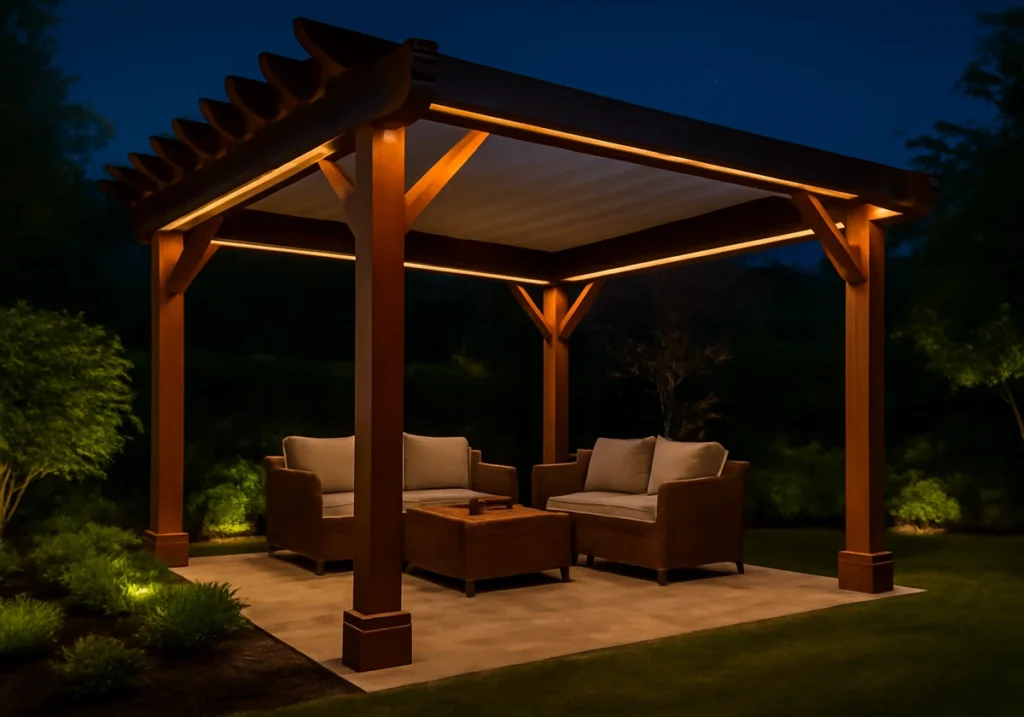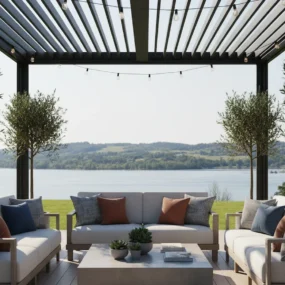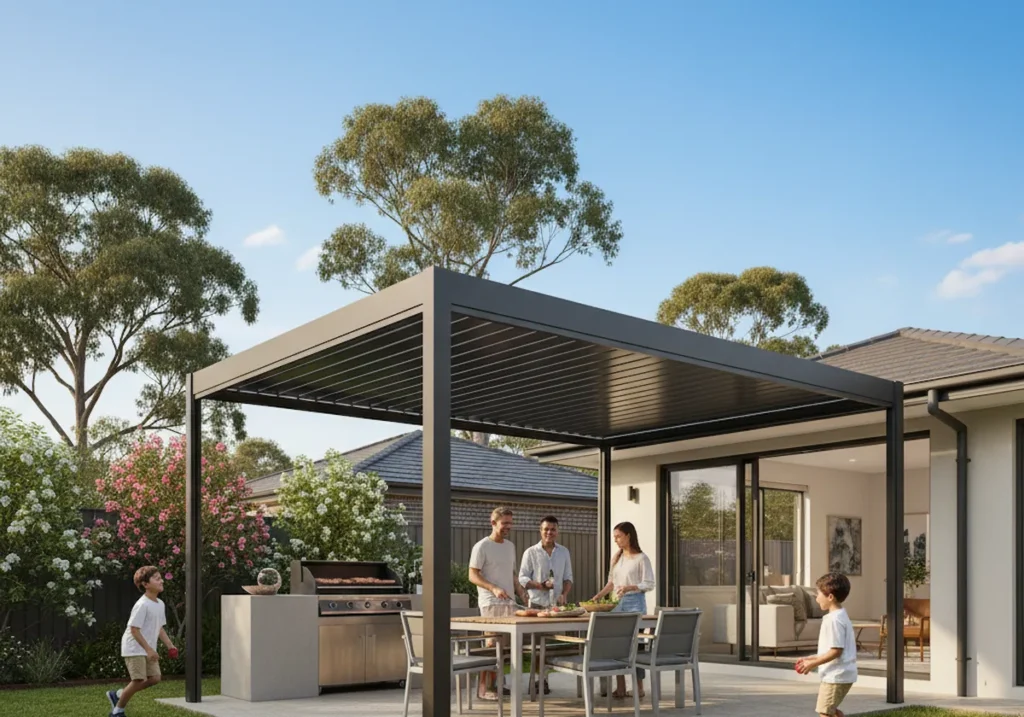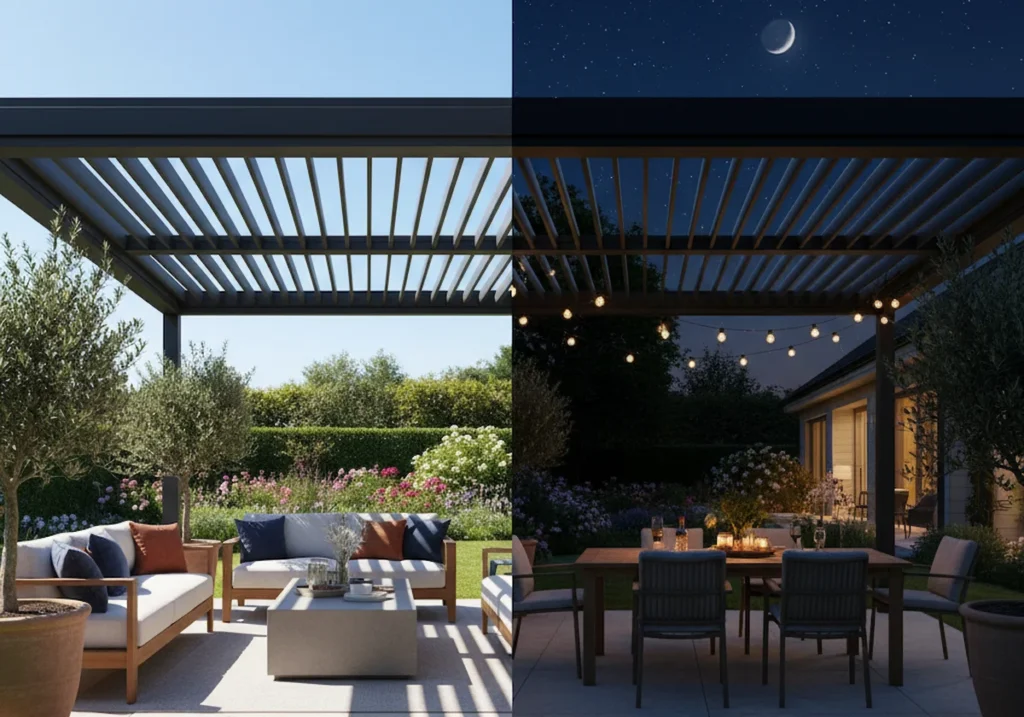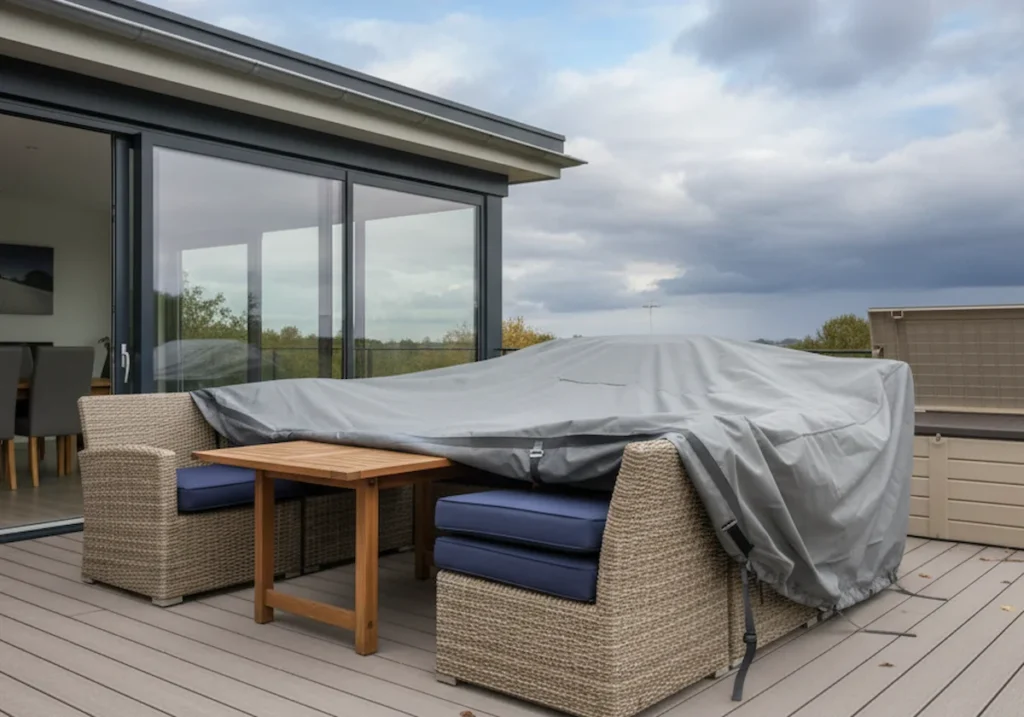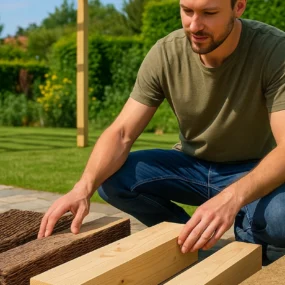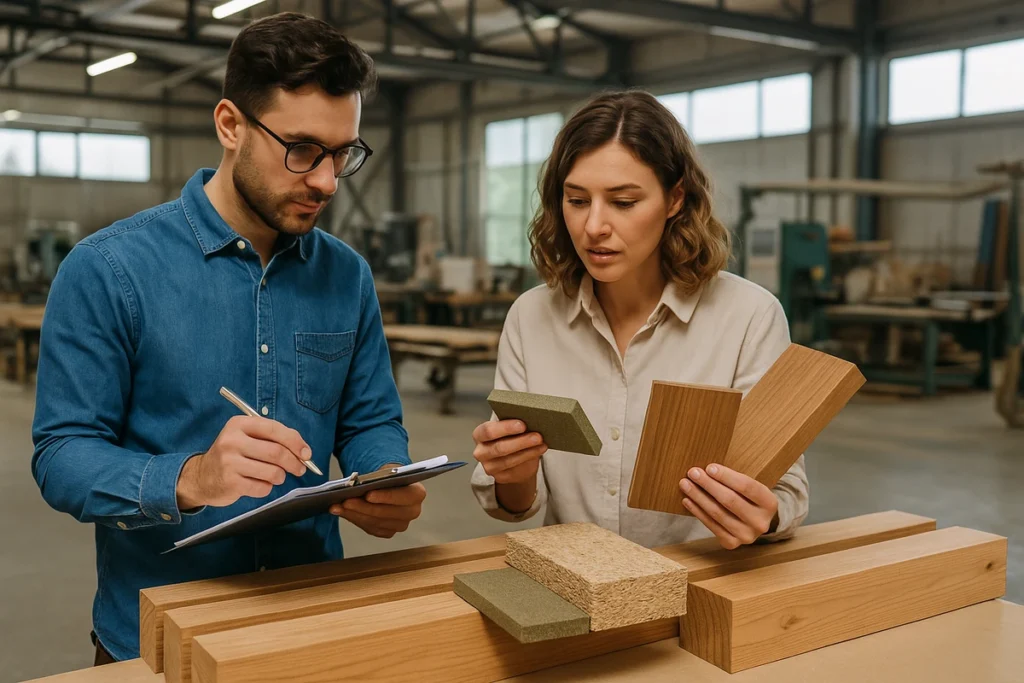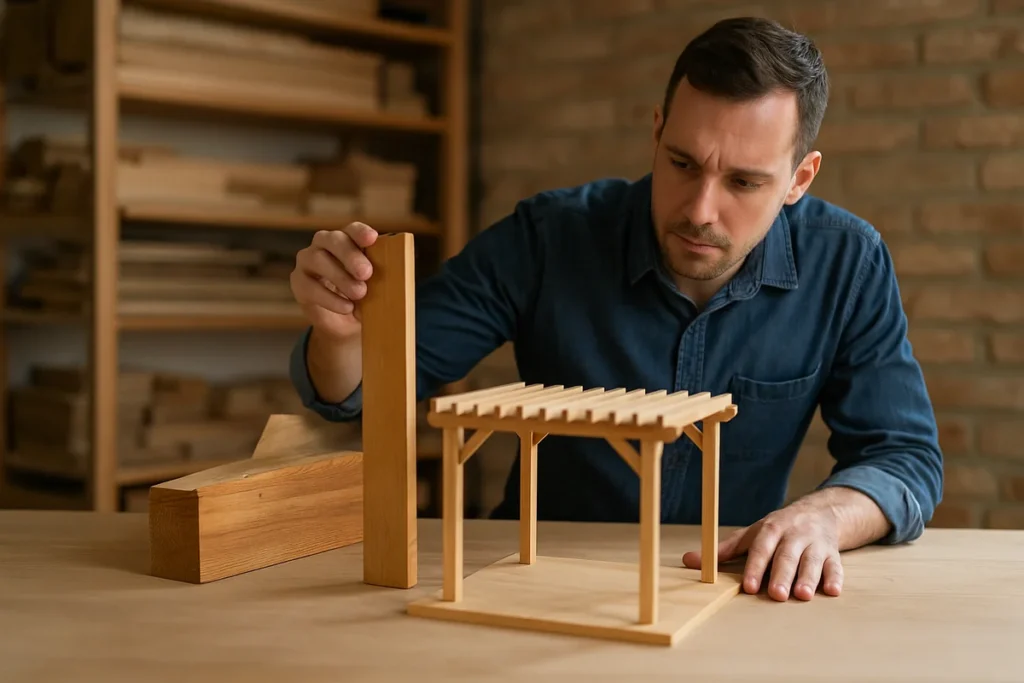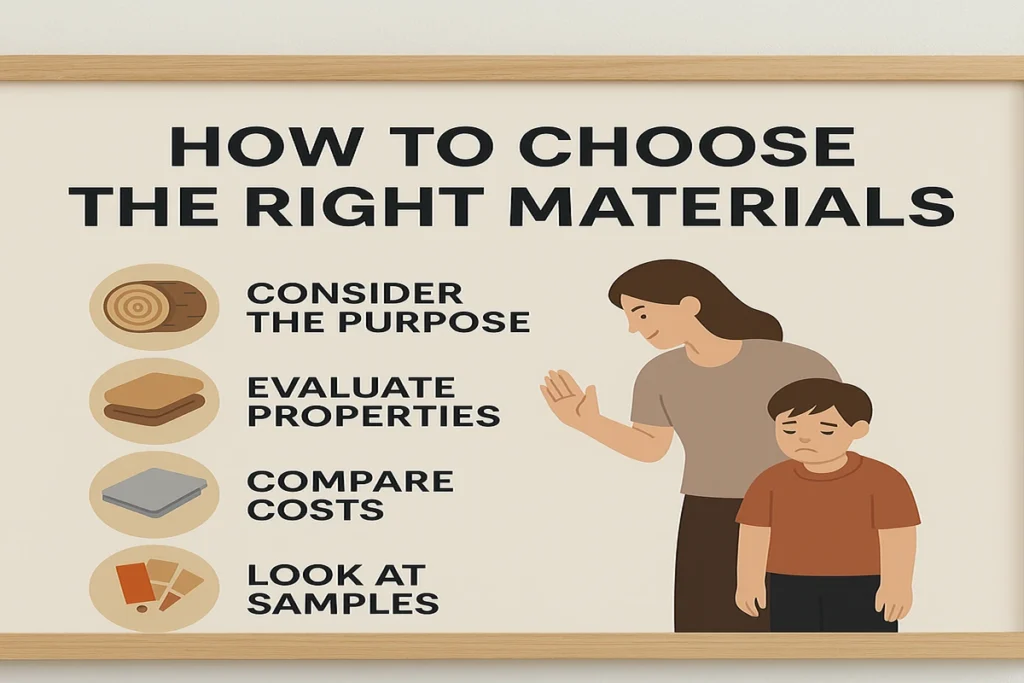Easy Pergola Styling Ideas for a Relaxed Outdoor Space
Your pergola could be the best spot in your backyard, but without the right setup, it just sits there collecting dust. Maybe the seating is uncomfortable, or there’s no shade, or it just doesn’t feel inviting.
Thankfully, you don’t need a big budget to fix it. Simple pergola styling ideas like cozy seating, climbing plants, and the right lighting can make your family want to spend time there.
Below, we’ll show you practical ways to style your pergola without spending a fortune. You’ll learn how to pick furniture that lasts, where to add climbing plants for natural shade, and how to set up your pergola so you can use it year-round.
Ready to turn that pergola into your new favorite spot? Let’s get started.
Start With Comfortable Seating That Invites Relaxation
Your furniture decides if people actually use your pergola or just admire it from inside. When seating feels good and holds up through weather, your outdoor living space becomes a place the family actually wants to hang out.
Here’s how to set up furniture built to handle real use.
Pick Outdoor Furniture Built for Daily Use
Wicker and rattan furniture handle rain without constant upkeep, which means less time covering cushions and more time relaxing on your patio. Teak goes a step further; its natural resistance to moisture keeps it from cracking during freeze-thaw cycles, so your furniture ages gracefully instead of falling apart after one winter.
Hate maintenance? Synthetic materials never need sealing or staining. So just hose them off, and you’re done.
Layer Cushions and Throws for Extra Comfort
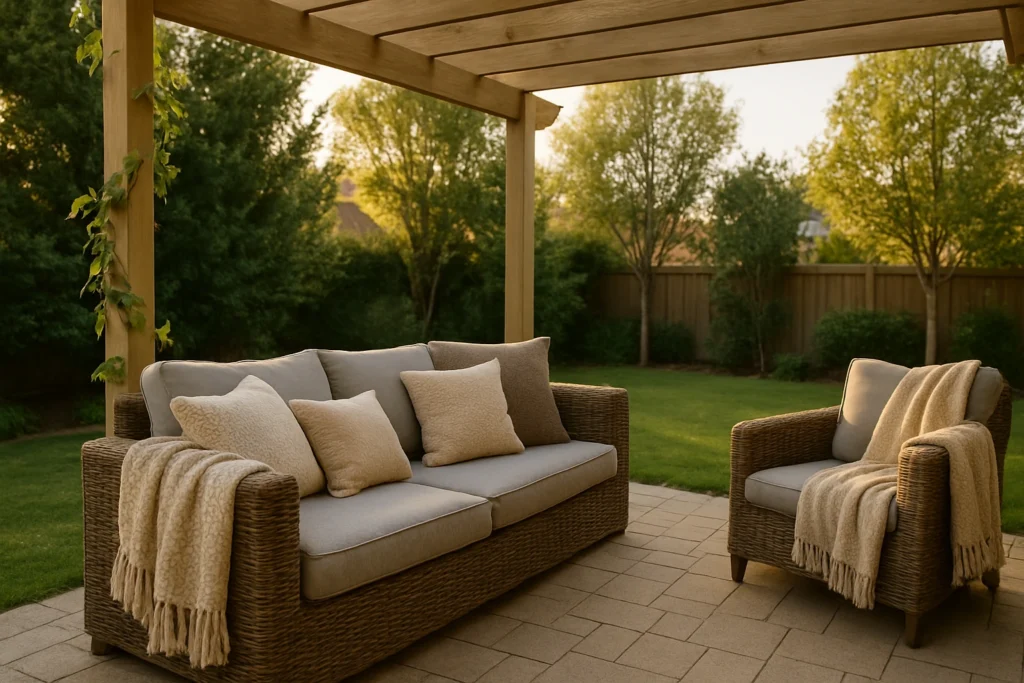
The foundation of a welcoming patio is seating that feels as good as it looks. And cushions with removable covers make that cleanup simple. Just toss them in the wash after a storm, and your furniture stays fresh without any extra effort.
Once you’ve got the basics covered, it’s time to layer in some personality. A few small touches make the space feel more lived-in and inviting.
Throw pillows in different textures work perfectly here. Even a simple bench or chair becomes a spot you actually want to sink into (trust us, your guests will fight over the comfiest seat). Keep a few weatherproof blankets nearby so you can stay outside longer, even after the sun goes down.
Arrange Seating to Create Conversation Zones
Here’s a simple setup that works every time: face chairs toward each other rather than lining them in rows. People talk more when they’re looking at each other, not staring past one another. Anchor the seating area with a coffee table that gives everyone somewhere to set drinks and snacks.
This setup encourages people to settle in and stay awhile instead of perching awkwardly.
Add Climbing Plants for Natural Shade and Beauty
The best part about climbing plants is that they give you natural shade while adding color to bare pergola posts. Take morning glory and clematis, for example. They fill in empty spots within one growing season. Most add several feet of growth each summer once established.
For fragrance, climbing roses are another solid choice. They don’t eat up floor space as shrubs do, and the vines wrap around beams and create shifting shade pockets as the sun moves.
If ground planting isn’t possible, containers for jasmine or honeysuckle work just as well. Just set them near posts and guide the vines upward with garden twine as they grow. The vines climb up to create natural shade that keeps your patio cooler on hot days.
String Lights and Lanterns: Simple Ways to Set the Mood
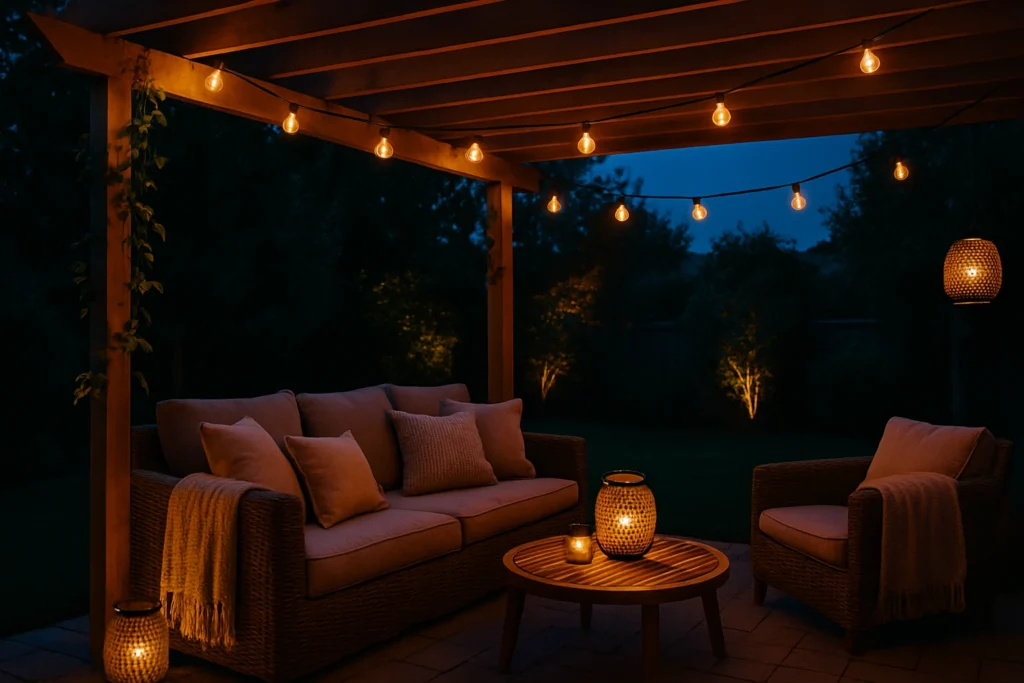
Want your pergola to feel like a true evening retreat? The right lighting shifts your outdoor living space from purely functional to somewhere you actually want to spend time after dark.
From our experience, these three work the best:
- Edison Bulbs: If you want warm lighting that doesn’t overwhelm the space, Edison bulbs are a reliable choice. Wrap them around the beams instead of running them in a straight line for a softer, more atmospheric look.
- Solar Lanterns: These are perfect if you want to skip the electrical work. Solar power means they charge during the day and turn on automatically at dusk. Scatter a few on tables or hang them from posts, and you’ll create layers of light at different heights without any wiring.
- Perimeter String Lights: When you want to define the edges of your pergola, perimeter lighting works well. Running the lights along the frame creates a quiet outline and makes the seating area feel more intentional and welcoming.
Layering your light sources keeps the patio comfortable and visually warm without flooding everything with a single bright fixture.
Set Up Your Outdoor Dining Area the Right Way
Once you’ve got comfortable seating in place, the next step is figuring out where people will actually eat. Without thoughtful placement, you end up forcing everyone to balance plates awkwardly.
Let’s break it down.
Position Your Dining Area for Maximum Comfort
Morning sun feels great, but afternoon heat does not. Your table works best where it catches early light but gets shade during the hottest part of the day.
If you have an outdoor kitchen or grill nearby, keeping the dining table within a few steps saves you from hauling hot dishes across the yard multiple times. Don’t forget to leave at least three feet around the table so chairs can pull out easily without bumping walls or planters.
Add Decorative Accents Without Cluttering the Space
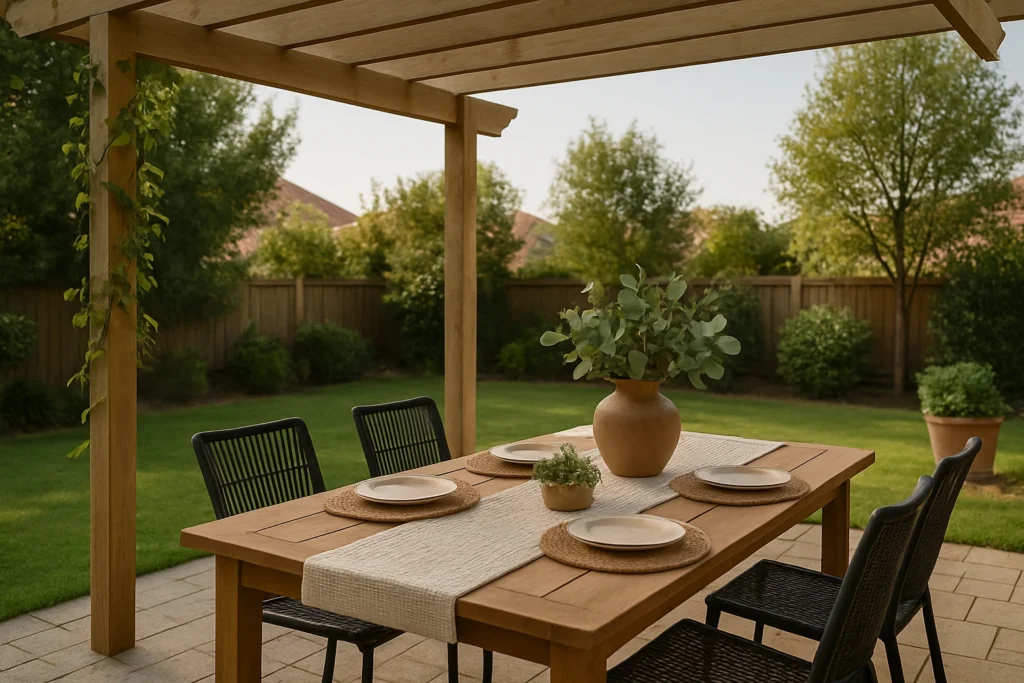
A weatherproof table runner or placemats give you an easy way to freshen up the look without replacing furniture. Swap them out for different seasons or occasions whenever you feel like it. Just keep the centerpieces low enough that people can see each other when they sit down.
If you have a wall or fence nearby, art or a mirror there opens up the outdoor dining space without taking up room where plates and glasses need to go.
Consider a Fire Pit for Year-Round Use
A fire pit can stretch your outdoor living into cooler months when you’d normally head inside. You’ll want at least ten feet between the fire and your pergola, so flames stay clear of the beams, and smoke drifts away from the dining area.
You can also create a secondary seating area by adding built-in seating around the fire pit. This creates a cozy spot where people naturally drift after dinner when they’re not quite ready to call it a night.
Quick Tip: Before installing a fire pit, check safety guidelines from the NFPA or your local fire department to ensure proper clearance and safe use.
Small Patio? Go Vertical for More Style and Function
Vertical styling gives you more planting space and privacy without shrinking your already limited square footage. In tight backyards around Hinsdale and Oak Park, we’ve seen how going vertical doubles usable space for outdoor living without making patios feel cramped.
The easiest way to start is with wall-mounted planters and hanging baskets. They add greenery without eating up floor space, which means you keep room for furniture while still getting the garden look you want. Once you’ve got the walls covered, move to your floor space strategically.
Tall decorative pots in corners work differently by drawing eyes upward and making your outdoor living area feel larger than it actually is.
If you need more privacy, vertical trellises handle that while supporting climbing vines. Position them along property lines or near seating areas where you want separation from neighbors. The plants fill in fast and give you a living wall without the permanent commitment of installing a fence.
Custom Pergola Features That Boost Functionality
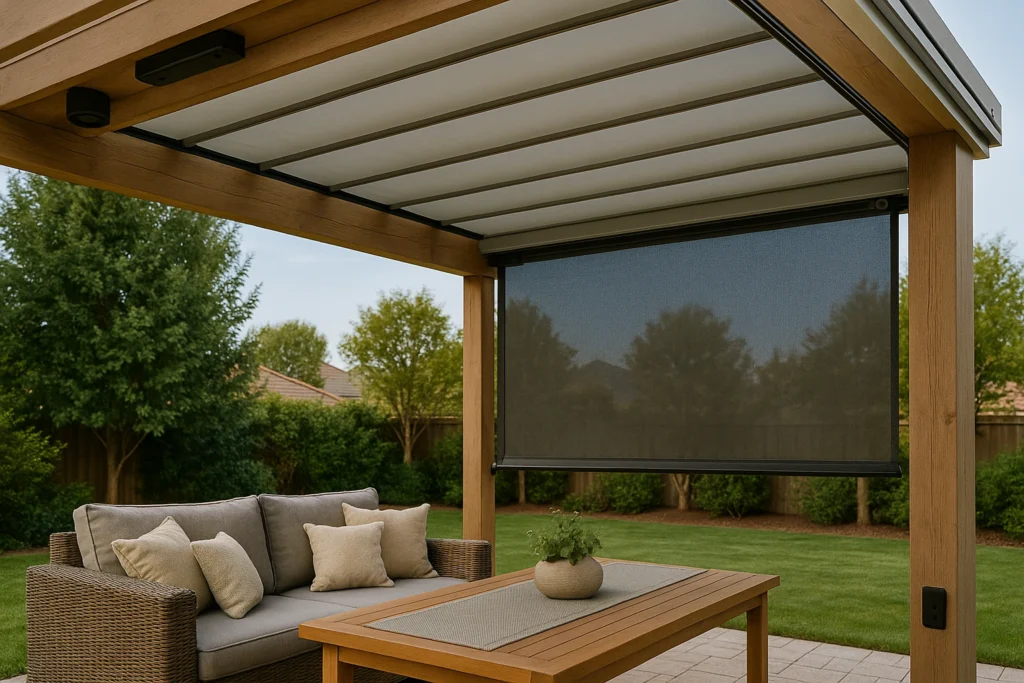
Basic pergolas provide shade, but adding a few custom features turns them into year-round outdoor living rooms. These upgrades let you use the patio when the weather would normally send everyone inside:
- Retractable Canopies: If you want control over shade, retractable systems adjust throughout the day. Open them for morning sun and close when the afternoon heat hits. The materials handle rain, too, keeping your outdoor living space usable during light storms.
- Built-In Speakers and Outlets: Extension cords across your patio look messy and create tripping hazards when you’re moving around in the dark. Built-in electrical outlets solve that by letting you plug in speakers, charge phones, or run fans right where you need them.
- Side Curtains or Screens: These block wind and give privacy without the commitment of permanent walls. You can pull them closed when evenings get breezy or when neighbors are out, then tie them back open when you want more airflow.
These features turn a basic structure into an outdoor living area you’ll use year-round instead of just on perfect weather days.
Create a Pergola Space Your Family Will Use
Your pergola needs to feel like part of your home. The tips we covered here help you create an outdoor living space that your family actually uses instead of one that sits empty most of the year.
Start with comfortable seating, add plants for natural shade, and layer in lighting that makes evening gatherings feel inviting. When you get the patio design right, you end up with an outdoor living area that works through multiple seasons instead of just a few perfect weather days.
Ready to design a custom pergola that fits your outdoor living needs? Contact us today, and we’ll help you create a space your family will love spending time in.
